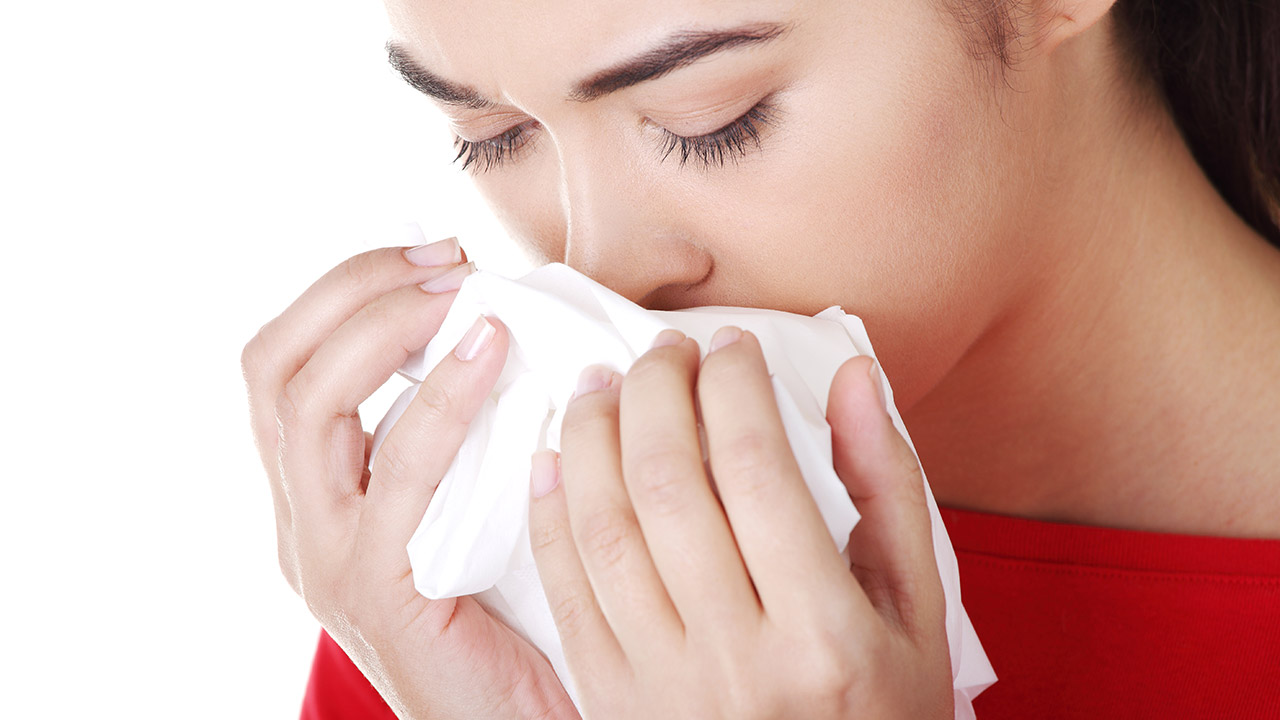Kathy’s Home & Garden Tips – Preventing And Treating Indoor Allergies

Indoor allergens come from three main sources. The first are dust mites: microscopic creatures that can trigger allergic reactions in many sensitive people. Live dust mites, their waste, and dead mites are the main causes. Pet dander is another dust component that can cause a reaction. Dander is made up of dead skin cells that have been cast off the animal. Although many people think pet hair is the allergen, it is actually these skin cells.
Cockroaches are a huge allergy trigger. We don’t like to think about them, but if you live in an urban area or large apartment building, it’s possible to have this problem without your unit being affected. Dead cockroach bodies disintegrate and blend with the dust, contributing to the allergy problem.
There are several ways to reduce allergens in your home. Hard surface flooring is the best way. Carpets trap allergens that spew into the air every time you walk across them, no matter how often you vacuum or clean them. If you must have carpet, clean and vacuum frequently with a HEPA filter vacuum. Use blinds instead of curtains. Vacuum lamp shades and upholstery frequently. Your bedding can also harbor many allergens. Use an allergen proof mattress cover and pillow covers. Change bedding weekly and wash in hot water.
Pets are another story entirely. Many of us love pets and wouldn’t think of getting rid of them but it’s best to consider how they will affect all members of the family before getting one. Most children don’t develop allergy problems till after age 5, so it’s best to wait till then before considering pets. There are some dog breeds thought to be allergen free but I have my doubts. There are also pet shampoos available to help reduce dander. In any event, if you have a pet, here are a few ways to reduce your exposure. Keep them out of the bedroom and especially off the bed. Have another family member frequently bathe and groom them, which will also keep allergens down. Always wash your hands after handling pets.
Of course, it’s always best to keep everything as clean and dust free as possible to reduce our exposure to allergens. Those of use not blessed with steam or hot water heat must make do with dust-spewing forced air. There are allergy preventing furnace filters but I’ve not found them worth the price. The benefits do not outweigh those from cheaper filters. Just change your regular filters more frequently.
As far as medication goes, have a talk with your doctor. Different people react differently to medication. I’ve found a good all-purpose allergy medication like Allegra or Claritin along with a nasal steroid like Nasacort or Flonase works well. It’s also recommended to take these medications year-round, not just during “allergy” season. They need to build up over time to be truly effective.
For very sensitive people, an air cleaner may provide some relief. They are quite pricey and are usually effective for one room only. Make sure they have a HEPA filter and are easy to clean. A dirty filter defeats the purpose.
KATHY WEAVER-ZECH & DEAN’S TEAM CHICAGO


